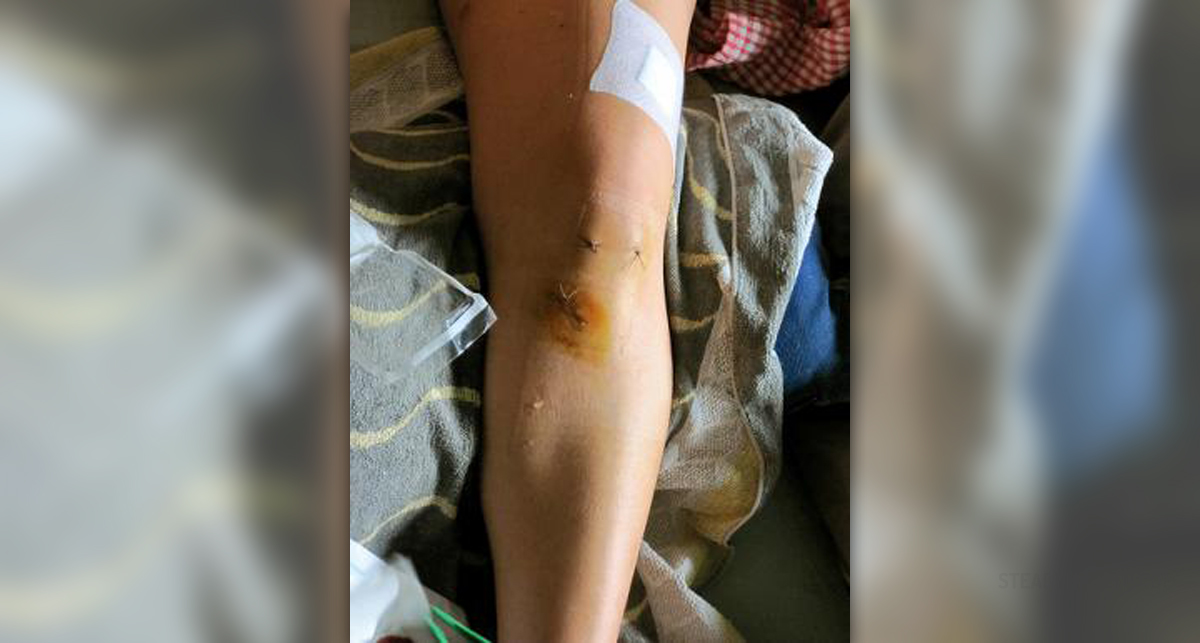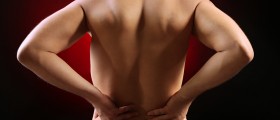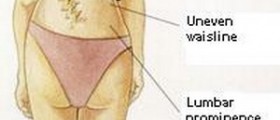
What are ligaments?
Ligaments are a type of connective tissue that connect two bones in a joint. Ligaments are built of sturdy and strong fibrous strands that do not have a high degree of flexibility and cannot move very much. Some ligaments are actually so strong that they are completely immobile and completely prevent certain movements.
Spinal ligaments
Spine is formed of a number of bones named vertebrae stacked on top of one another, and connected with ligaments, which provide the spine with structural stability. There are fourteen main spinal ligaments. The main ligament, is known as the ‘ligamentum flavum’ and connects the vertebrae throughout the length of the spine.
Causes of damage to the ligaments
Ligaments in the spine are typically damaged either by trauma or by sudden and excessive movements, that may be wrongly performed twists or bends, or a result of wrong lifting technique. Such “over” movements can overstretch the ligaments and cause a strain or sprain, or even a tear of the ligament if the injury is severe.
Spinal deformations might be caused by uneven stretching of the ligaments in the lower spine and the pelvic region. This uneven stretching is caused either by inadequate posture or different distribution of weight when standing, meaning that one leg typically bears more load than the other. Treatment options are scarce as this is a long-term deformation process and is usually noticed when it is well under way.
Ligaments are also frequently damaged by sports activity. In example, collisions in team sports may cause jolting of the vertebrae, in which the ligaments are stretched to absorb the impact. Also, serving in racket sports frequently causes over-stretching of ligaments.
Increase in curvature of the lower back during pregnancy pulls the ligaments forward, along with the vertebrae, causing them to stretch. This frequently leads to injury.
Natural aging brings changes to the ligaments. They become more rigid and calcium is deposited in them. Deposits may lead to narrowing of the spinal channel (a tunnel that runs through the vertebrae, through which the spinal cord passes), which is known as spinal stenosis and is very painful.
Symptoms
Typical symptoms of ligament damage are pain and a limitation of movement. Strained ligament might press the nearby nerve and cause a tingling feeling in the affected region. Sprains are typically followed with bruising or swelling. Joint where the torn ligament is located may become unstable , though in spinal ligament injuries this is not always noticed.
Treatment
Recent research suggests that the best way to repair the damaged ligament is not to rest and immobilize it, but to proceed with normal daily routine. It is just recommended not to over exert or to move excessively. Painkillers and anti-inflammatory drugs may be prescribed if pain is severe. Torn ligaments may require surgery.

















Your thoughts on this
Loading...